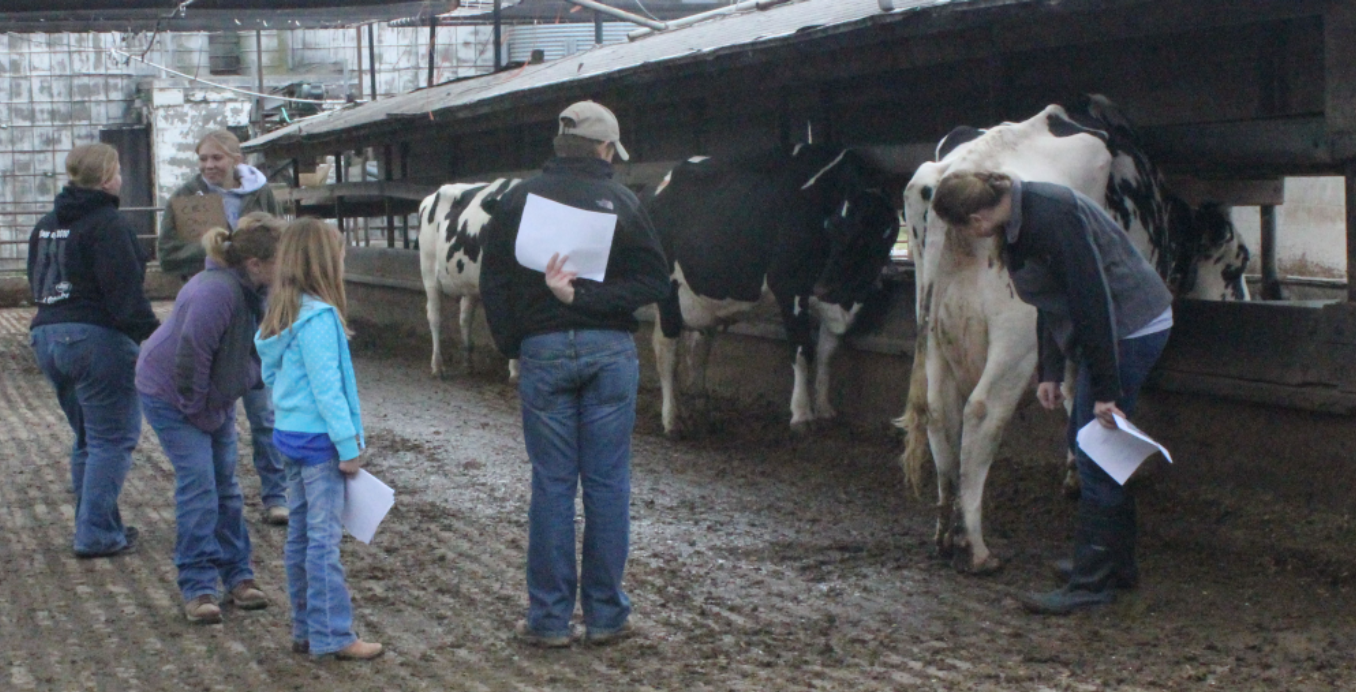Lameness: Should it be a Priority for your Herd?
Lameness: Should it be a Priority for your Herd?
Mobility is critical to a dairy cows’ success, yet lameness remains a major problem in most dairy herds. Of all studies reporting lameness between 2006 and 2017, mean lameness prevalence was greater than 20%. This means any time someone walks on the average dairy farm, 1 out of every 5 cows there is lame. Additionally, 5% of cows (1 out of 20) are severely lame (i.e. pronounced arching of the back, reluctance to move, and almost all weight transferred off the affected limb). In a single study that looked at 248 United States freestall dairies, lameness prevalence ranged from 5% to 70%, with an average of 27% lame cows and 3% severely lame cows. There is an obvious need to better recognize and prevent this problem.

Currently, much research is focused on earlier detection of lameness. If we can detect lameness earlier, we can treat it before it becomes severe and potentially prevent some of the negative consequences. One factor that can be evaluated to predict lameness is lying behavior. In grazing herds, researchers have found that lame cows are less adaptable to environmental conditions than non-lame cows. For example, when it rains, cows on pasture generally prefer to stand to avoid wet surfaces. However, lame cows will continue lying down even during rainy periods, likely to reduce pressure on their feet.
Although promising as a lameness detection tool, we are still learning about how to accurately record lying behavior, what it can be used for, and how it varies between animals. For example, a recent study evaluating both Holsteins and Jerseys during the transition period found that Holstein cows have fewer lying bouts and spend more total time lying down than Jersey cows. This could be because Jerseys are smaller (making it easier for them to get up and down), that they feed more frequently, that they’re more nervous, or for some completely different reason. Understanding differences between breeds, different ages of animals, varying stages of lactation, and other factors may help us better predict lameness incidence and other health and welfare issues related to lying behavior.
But why should you even worry about detecting or preventing lameness? After visiting 130 Canadian freestall farms where cow welfare assessments were conducted, researchers identified connections between lameness prevalence and different profitability measures. For example, for every 1% increase in lameness prevalence, average yearly milk production decreased by 24 pounds per cow and average calving interval increased by 0.22 days. This means that focusing on decreasing lameness prevalence could provide not only welfare benefits to your cows, but also financial benefits to you.
So, what is the best way to begin improving lameness on your herd? A good first step is to evaluate where your herd currently stands. Visit http://www.zinpro.com/lameness/dairy/locomotion-scoring for more information on lameness scoring and consider making this part of your farm’s regular routine!
Data reported in the article was collected from posters at the 2017 American Dairy Science Association Annual Meeting including Costa et al. (Abstract #M56), Robichaud et al. (Abstract #M55), Kutina and Huzzey (Abstract #M26), and Thompson et al. (Abstract #M57).
Authors: Karmella Dolecheck and Jeffrey Bewley
